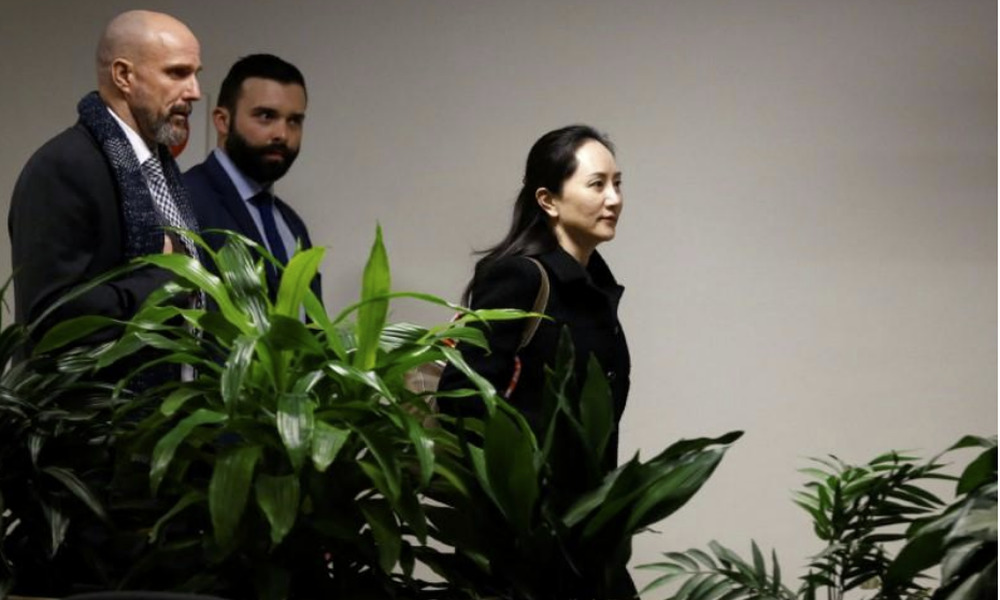
The digital transformation and the needs for digitization and flexibility imposed by the pandemic have forced all sectors, including legal and professional advice, to work to increase the relationship of trust with the client.
Innovation is a fundamental part of the value chain. Aware of this, Lefebvre has presented the Confidence Study in the legal sector and professional advice. Is about an exhaustive analysis whose aim is to resolve issues such as what is the current level of trust of clients in the legal sectorwhat impact their relationship with clients has on the business of law firms or how innovation can contribute to the recovery of trust in the sector.
The report reveals the guidelines to guide the business towards a ‘Client Centric’ model, with clients who are increasingly open to adapting the service they need, and who demand from their advisers a relationship based on communication, adaptation, efficiency, innovation, digitization and knowledge.
Likewise, the study analyzes trust from an evaluative point of view to identify which drivers and barriers must be taken into account when planning actions to promote and cultivate this fundamental value in the provision of services. 57% of companies, offices and legal advice bet on this new concept of trust that puts the customer at the center of its strategy and creates new, more efficient relationships.
The concept ‘client-centric‘ is part of the DNA of emerging companies, where the business is built from a new and innovative philosophy and values. Startups and very proactive companies have integrated this business approach as a central element that gives meaning to their disruptive business model and relationship with their clients and target audience. They are born from the principles of a digital community ecosystem, where trust and transparency are inherent to the environment itself. However, the work reveals that within the sector there is a lot of room for improvement and that there are archetypes that, although they have evolved in the last two years, still show resistance to change.
The five axes of change
In this report, Lefebvre points out five main axes for building trust: Transparency, Client Centricity, Flexibility and Adaptation, Added Value, Efficient Costs and Processes. In addition, the focus is on the idea that, in order to promote this new situation of trust, opaque models for the client must be abandoned, and a relationship based on a more honest model and more transparent and shared information must be established. Promote changes in the business mentality of professionals, maintain new types of client/law firm relationship. Sharing tools and adapting the service to the added value that the client expects or using more constant follow-up with the client through multichannel communication are other drivers that generate trust in clients who expect an excellent service.
It is surprising in this report that only 46% of lawyers say they have regular meetings with their clients in order to identify new needs. There is still ample room for improvement, especially in the use of tools to draw the profile of the client and their real relationship with the service provided.
65% of the clients consulted in this report highlight the lack of trust, transparency and the presence of opacity in the procedures at the top of the list of problems in generating trust with their advisors. These data, in line with global studies such as those of the EDELMAN consultancy, they note a problem that the interested parties themselves are aware of. 43% of the professionals consulted recognize that the focus on the client is insufficient and half believe that this lack of focus can cause mistrust.
For José Ángel Sandín, CEO of Lefebvre, it is important that “companies, offices and legal advice leave the comfort zone. The pandemic and the digital transformation have greatly affected the traditional concept of service and lawyers and professional firms, companies, must demonstrate agility and a high level of adaptation to new needs, technologies and constant changes in the environment and the client”.



